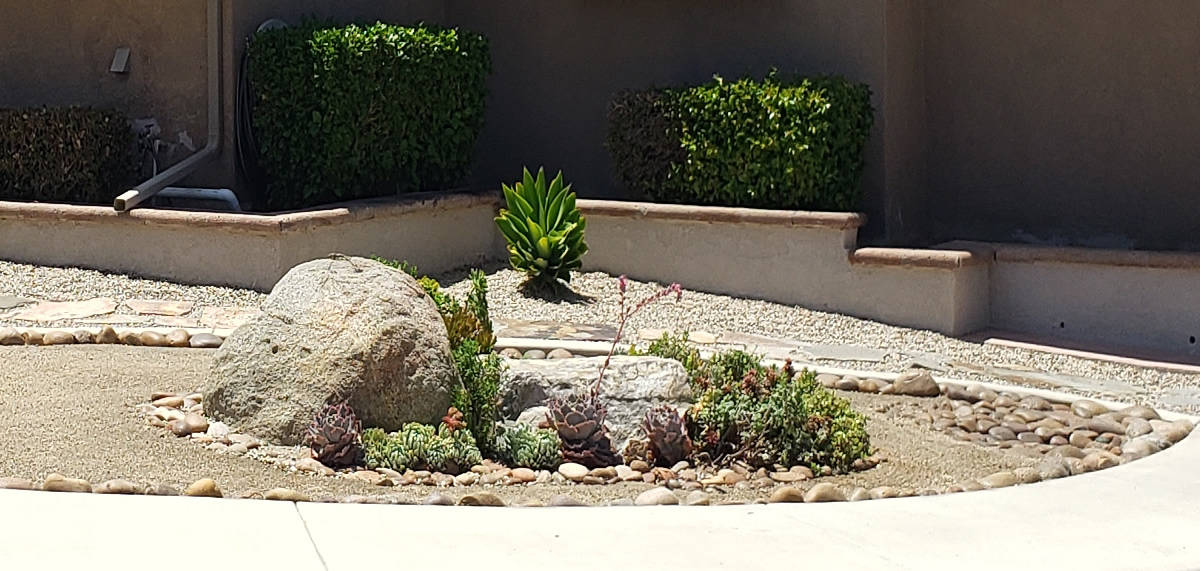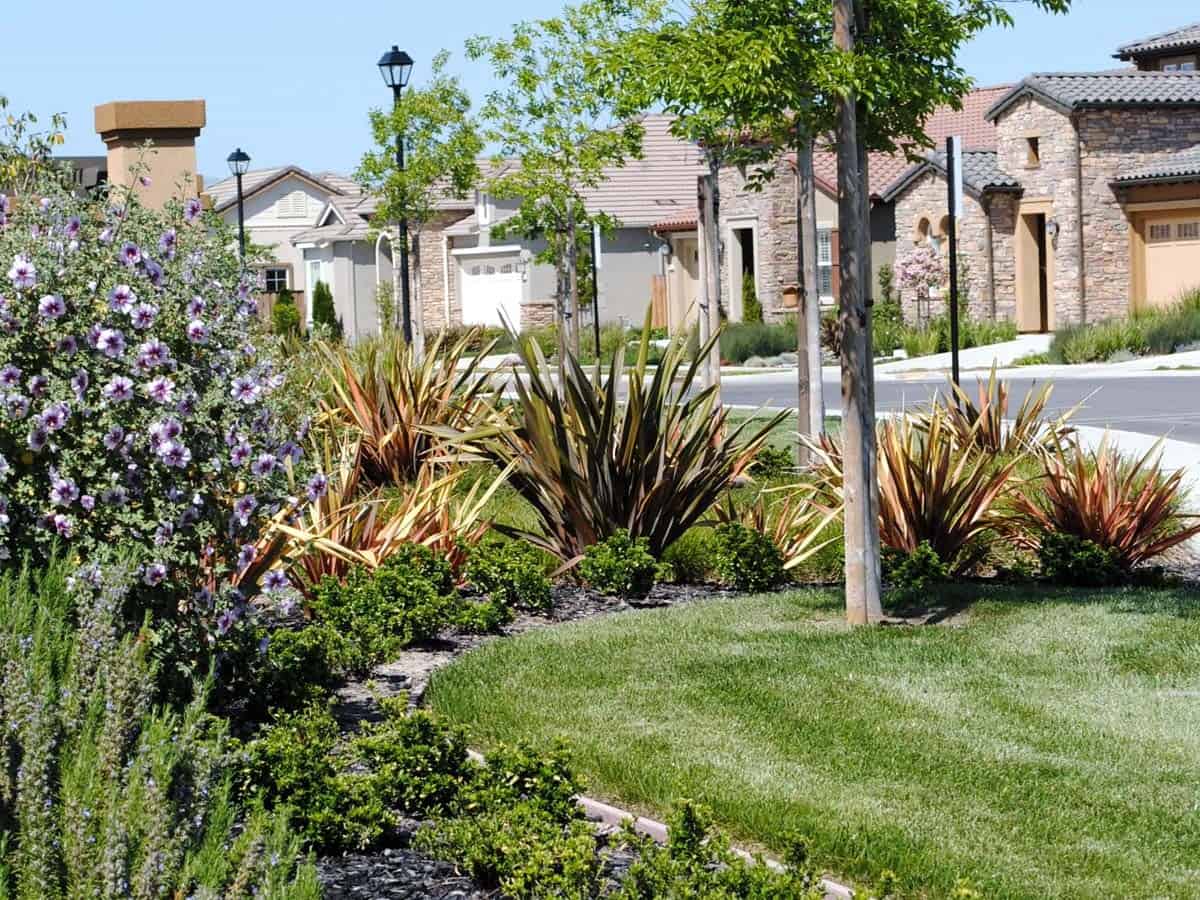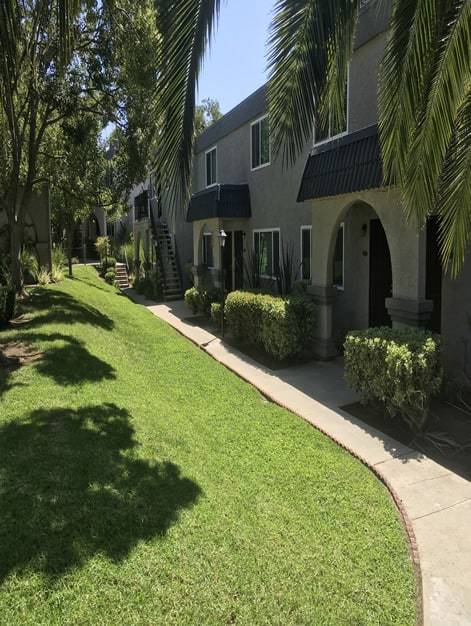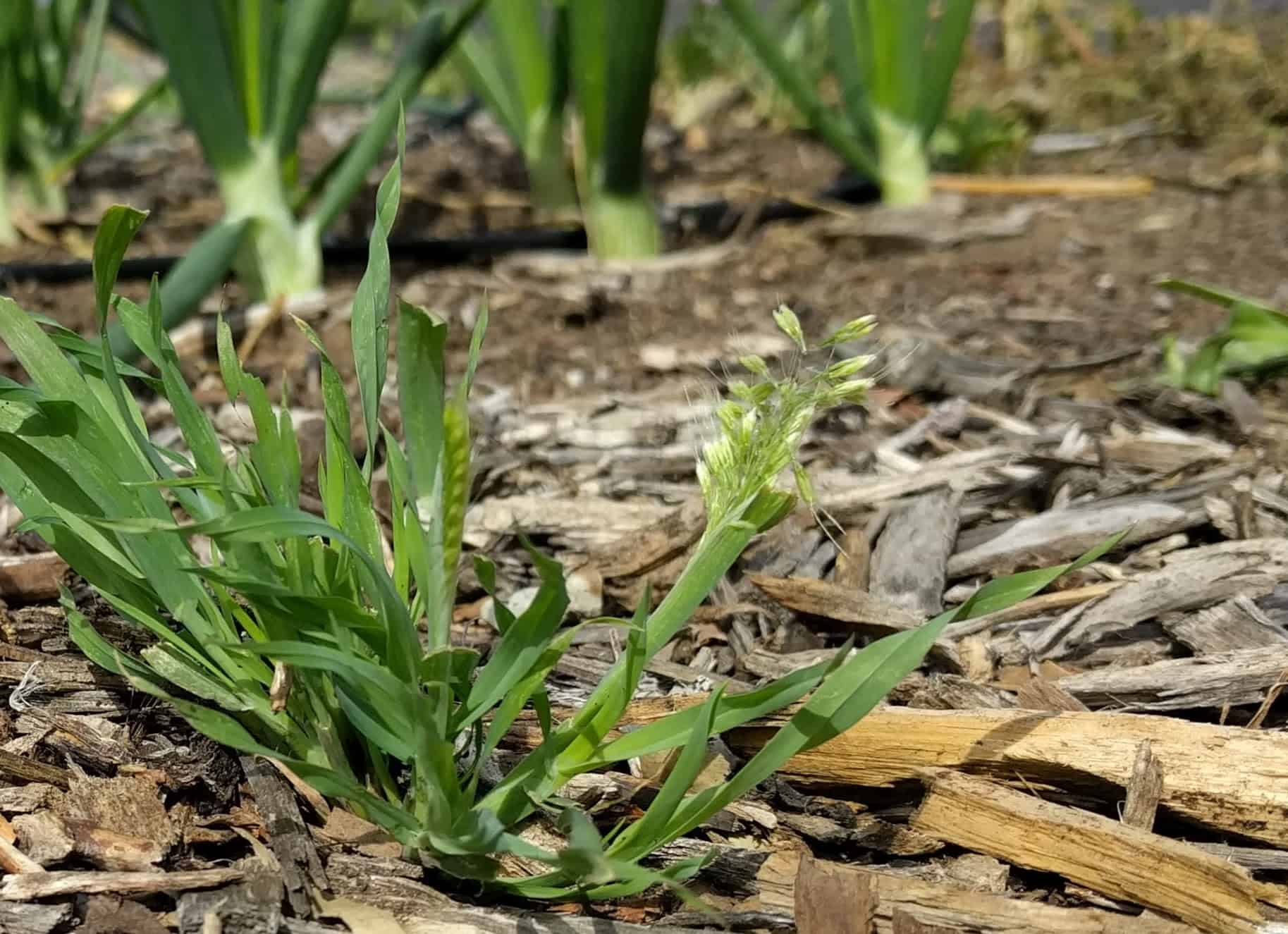Am I overwatering or underwatering my lawn?
All of us in San Diego are making the effort to conserve water, but how do you tell if you’re overwatering (or underwatering) your lawns. To be honest, it’s a fine line with lawn irrigation, and the Experts at True Lawn Care Inc. have the answers you need. Starting off, the best one to check with and answer this question is your lawn. We all know that the rule of thumb with good lawn maintenance is 1″/week for a healthy lawn. OK, but then you add in the lawn itself – watering recommendations are different for sandy, clay, or composed (garden) soil. We recommend a FREE lawn care evaluation for the best answer for your specific lawn, but this will get you started.
Signs of Underwatering Your Lawn
The signs of underwatering your lawn are:
- The grass turns yellow.
- The grass is limp. When you walk on the grass, it fails to bounce back up afterward.
Signs of Overwatering Your Lawn
- The grass turns yellow. (Yep, same as underwatering, but there’s more.)
- Bare spots develop in the lawn.
- Mushrooms are growing in your lawn.
- Your lawn has a spongy feel when you walk on it.
- There is a visible runoff onto the sidewalk or street.
Know When To Water Your Lawn
The best time of day to water is early morning. When the sun is low in the sky, there will be less evaporation, giving the water a chance to seep down into the root zone. The grass blades will have all day to dry out before nightfall. The longer the grass blades stay wet, the greater the chance they can succumb to fungal diseases.
Artificial irrigation should be used only to supplement natural rainfall. Do not water your lawn if rain is in the 24-hour forecast, it’s currently raining, or it has just rained. (OK, in San Diego that’s not often, but it does happen!)
If you use a lawn irrigation system, like most of us in San Diego, you will not have to supply the same amount of artificial irrigation year-round. Remember, grass needs that one inch of water per week when the weather is hot, and/or the grass is actively growing. When we do get our little bit of seasonal rain, cut back on the artificial irrigation.




